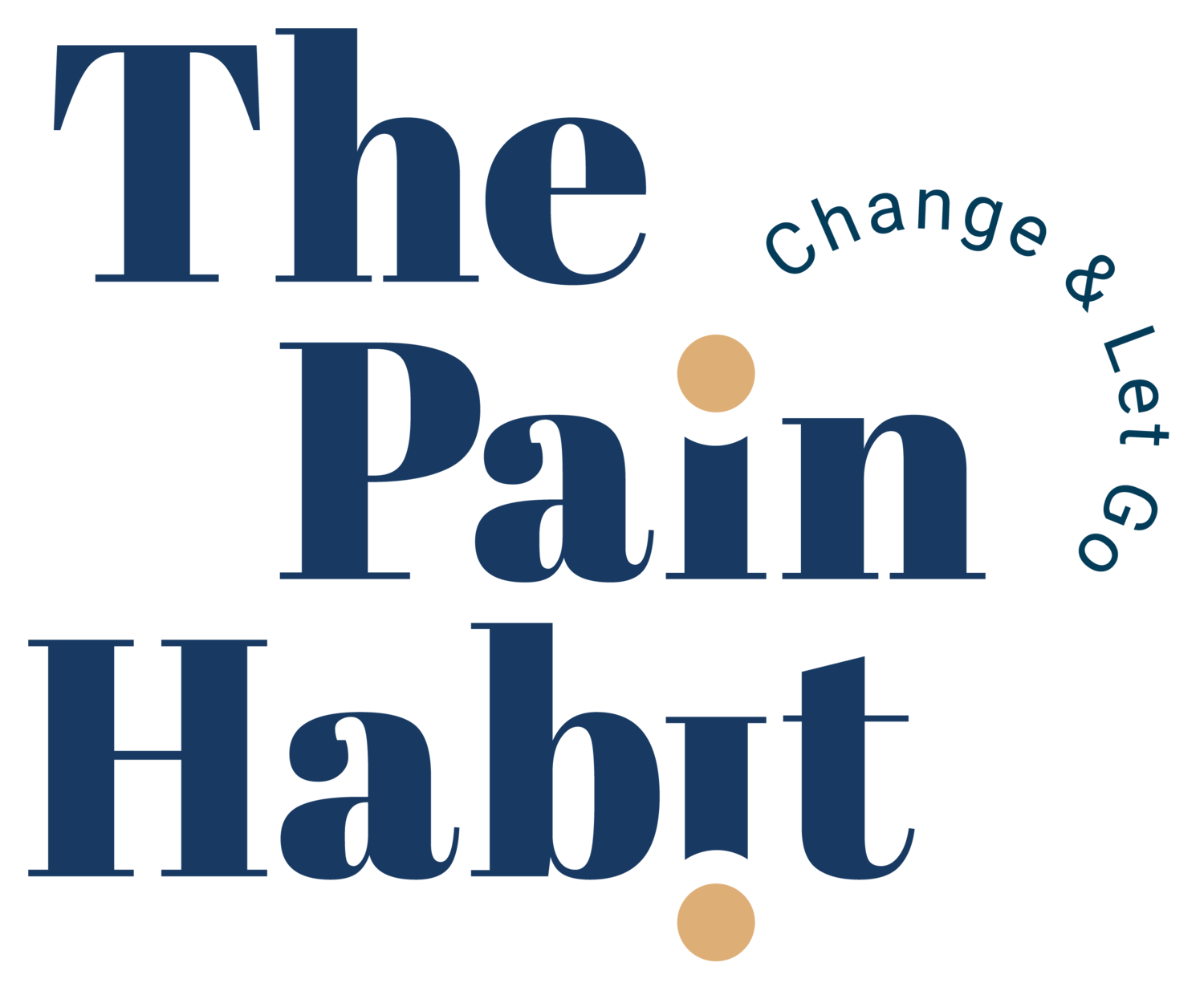I’ve Got Fibromyalgia And Everything Hurts
Most Parts Of My Body Ache
I answered a patient with fibromyalgia regarding starting to move when ‘everything hurts’. It may be helpful to others.
“I’ve got a question about the movement routine, please. Because I have fibromyalgia, most parts of my body ache/hurt when I move (or don’t move) to varying degrees - do I need to do a movement for every part!?”
The most accessible place to start when 'everything' hurts is choosing the safest movement.
Remember, the whole process is about you making your brain and body feel safe. That comes through your thoughts, breathing, physical activity, and feelings.
Introducing Movement
When introducing movement, you must know that what you do is safe to reassure your brain and body if it perceives that movement as dangerous and tells you that through pain.
You must set boundaries small enough to keep your thoughts and breath at a level that represents safety as you move. They are your control mechanism as you move.
Before you do anything, ask yourself if one hundred people did the movement you are considering using to condition yourself would they suffer an injury?
For example, if they were aged eight to eighty, would that movement cause them physical damage? Not pain, but damage?
Nothing To Fear or Feel Frustrated About
That doesn’t mean you smash through the pain because you know the movement is safe. It means you don’t need to fear it. Neither do you need to be frustrated at what activity you can do?
That refers to boundary setting and celebrating the small wins you achieve with each aspect you retrain.
Regarding fibromyalgia, many areas of your body may hurt; previously, you may have interpreted pain as causing damage. The subsequent fear stops us from doing movements and questions whether the activity creates more damage when it isn’t. Additionally, frustration often leads to pushing through the movement and paying for it later.
Unconsciously Driven To Fight Pain
That may have been what you’ve unconsciously done for a while which is likely to have contributed to the diagnosis of fibromyalgia.
This new movement you choose as an exercise must come while listening to how you feel before, during, and after the activity.
That way, you can rationalise any fears and calmly address any frustration that might pop up, allowing you to celebrate whatever movement you achieve in that window of calmness.
Self Talk
The last point is to look at how you describe your diagnosis to yourself.
‘Because I have ‘fibromyalgia’, most parts of my body ache/hurt when I move (or don’t move) to varying degrees.’
When you use these words, you tell me and, more importantly, reinforce what to expect with movement to your brain and body. It’s unconscious, but now you’re getting conscious about this, I’d like you to think how else you could describe your body movements.
Rather than ‘most parts of my body hurt’, you could perhaps use - ‘some parts of my body move quite comfortably.’
Don’t Own It
Also, consider not ‘owning’ the diagnosis rather than ‘Because I have fibromyalgia’ - you could perhaps use ‘now that I understand my body, I know how to be kinder to it, and I’m feeling much better about that.’
These subtle safety messages represent different imagery, emotions, and a more defined sense of security, amplifying anything else you choose to do.
It’s natural with improvement to want to do more, but the skill is in slowing yourself down, enjoying every step of progress you make, and knowing that it’s taking you towards where you want to be.
Santa is Coming
We can be frustrated today that Santa isn’t here for another six months, or we can quietly look forward to the joy we’ll feel when he arrives.
That shift in perspective makes today a better day and allows us to appreciate it.
The steps you have started to take will reward you, and I’m sure the new ones you take with movement will reward you further.
What’s next?
Take Your First Step to Recovery.
Join our FREE private Facebook group, The Pain Habit Community, to see how others have successfully returned to a pain-free life. Get support on your journey.
Sign up for The Pain Habit Blog below.
Subscribe to The Pain Habit YouTube channel.
Buy The Pain Habit book. Order here.



